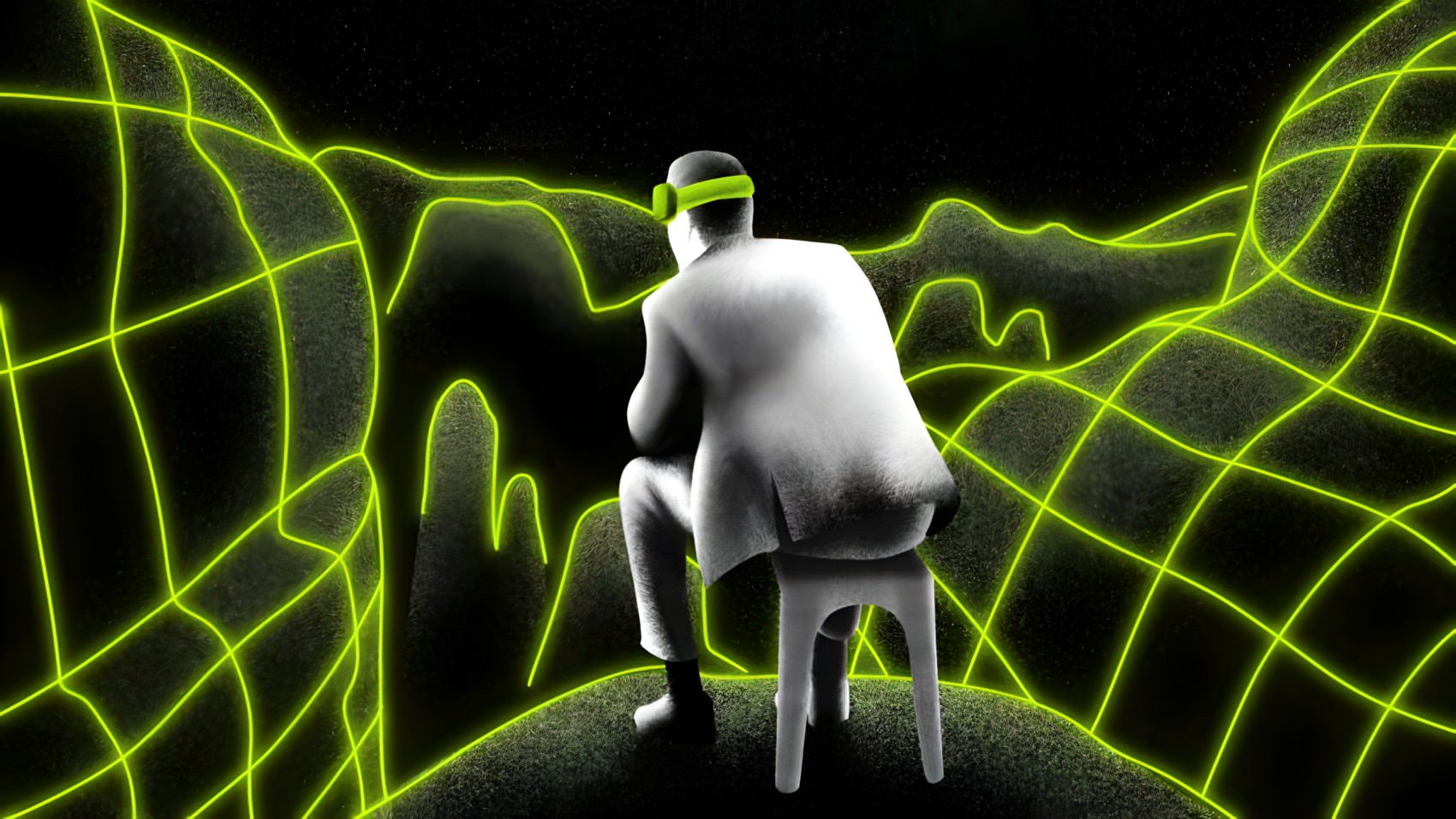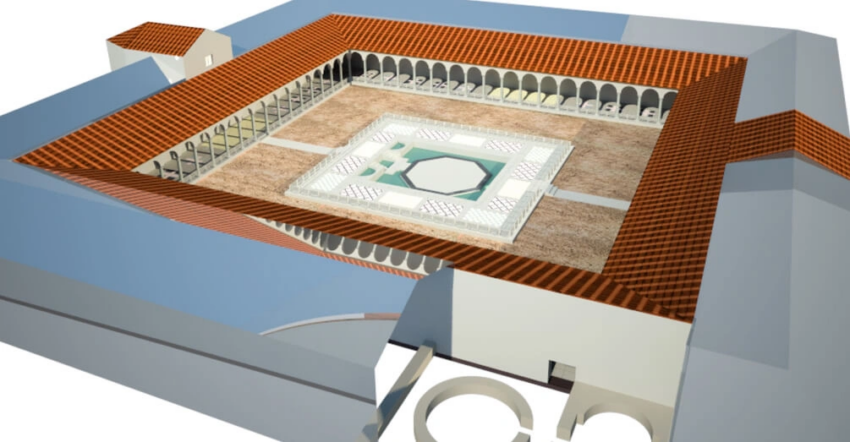Archeology in the metaverse: IE University will recreate a historic Roman city in a virtual world

IE University will recreate in the metaverso the Theodosian-era town of Coca, a Roman city that was the birthplace of Emperor Theodosius I the Great.
IE University announced today his leadership in an immersive technologies initiative, aimed at promoting tourism as a sustainable economic engine in the town of Coca, in the province of Segovia, Spain . Coca is an ancient Roman city and birthplace of Emperor Theodosius I the Great (347-395 AD).
IE University: Reconstructing an ancient Roman city in the metaverse
This project, titled “CavcAR: Heritage, new technologies and economic development”, focuses on the virtual reconstruction of the Theodosian-era villa excavated by IE University's Archeology Unit over the past 24 years.
The work carried out at the Las Pizarras archaeological site in Coca has been an extraordinary example of investigative innovation. It has promoted the use of new technologies applied to scientific research as a complement to excavation and archaeological research.
Thanks to this, it has been possible to obtain a precise vision of the courtly villa, which is unique in Hispania and dates from the time of Emperor Theodosius. This emperor was the last to rule both the Eastern and Western Roman Empires and held a key role in the establishment of Christianity in Europe.

One of the outstanding initiatives of the project is the creation of a Historical Interpretation Center for the Villa and Tierra de Coca. This cultural space will be focused on promoting creative learning and understanding of Coca's historical legacy through immersive technologies such as the Virtual Reality (VR), Augmented Reality (AR) and the Metaverse .
IE University has been responsible for designing the center's business plan. The objectives of the center are also aligned with those of the Junta de Castilla y León in relation to cultural heritage.
With this, IE University seeks to integrate immersive technologies with a perspective centered on humanism to promote innovation and excellence in education and research.
Regarding this new development, Miguel Larrañaga, Vice Chancellor for Students and professor at IE University commented the following:
"Historical heritage, in its relationship with the cultural landscape of a region, must be preserved, but also used to promote sustainable economic development processes."
Applying the metaverse to the field of Archeology
It should be noted that the metaverse, as a three-dimensional and shared virtual space, offers a wide range of possibilities for its application in the field of archaeology. This immersive technology has the potential to transform the way archaeological heritage is investigated, presented and experienced. Some of the most notable possibilities will be explored below:
- Virtual reconstruction of archaeological sites: The metaverse allows to digitally recreate archaeological sites in their original state. Thus giving archaeologists and visitors the opportunity to explore and study these historic sites in an interactive way.
- Immersive experiences for dissemination: The metaverse can offer immersive and immersive experiences for the dissemination of archaeological heritage. Users can interact with artifacts, explore ancient structures, and experience history up close. This would allow for a deeper understanding and connection emotional with the past.
- Global Access and Collaboration: The metaverse enables global access and collaboration to archaeological finds. Experts from different parts of the world can work together in real time. That is, sharing information, analyzing data and contributing their knowledge for a better understanding of archaeological sites. In addition, the metaverse allows anyone, regardless of their geographic location, to virtually access and explore these historical sites, thus democratizing access to archaeological heritage.
- Long-term digital preservation: The creation of digital replicas in the metaverse allows for the long-term preservation of archaeological heritage. These virtual representations can serve as high-fidelity digital files. Especially since they can be consulted and studied even if the physical sites deteriorate over time. This guarantees the conservation and access to archaeological information for future generations.





